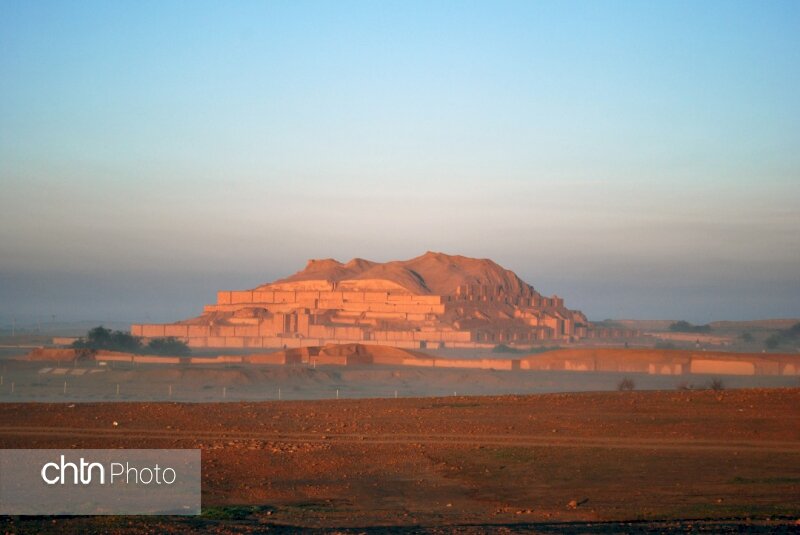UNESCO-designated Tchogha Zanbil equipped with electronic protection devices

TEHRAN – Sets of electronic protection devices and surveillance cameras have recently been installed across the UNESCO-registered Tchogha Zanbil, which is a ruined prehistoric ziggurat and a top tourist destination in southwest Iran.
The position of CCTV cameras have been chosen in such a way that no place within the UNESCO site remains uncovered, CHTN quoted, Atefeh Rashnoei, director of the World Heritage, as saying on Tuesday.
“The electronic protection will not replace physical protection and human resources….It is aimed to bolster support and protection of this World Heritage site,” she added.
Tchogha Zanbil is widely known as the world’s best surviving example of Elamite architecture. The ruined ziggurat stands in Khuzestan province, southwest Iran. It was made a UNESCO site in 1979.
According to UNESCO, Tchogha Zanbil is the largest ziggurat outside of Mesopotamia and the best preserved of this type of stepped pyramidal monument. Lonely Planet says that even if you’re not a fan of ancient ruins, the great bulk and splendid semi-desert isolation of the site can’t fail to impress. Try to catch it in the soft, golden light of late afternoon rather than the harsh midday sun.
The ziggurat is located approximately 30 km southeast of Shush and 80 km north of Ahvaz. Reaching a total height of some 25m, the gigantic monument was used to be surmounted by a temple and estimated to hit 52m during its heyday. Tchogha Zanbil was excavated in six seasons between 1951 and 1961 by Roman Ghirshman, a Russian-born French archeologist who was specialized in ancient Iran.
Ziggurats, in general, are pyramidal stepped temple towers that bear architectural and religious characteristics of the major cities of Mesopotamia from approximately 2200 until 500 BC. They were usually built with a core of mud brick and an exterior covered with baked brick. Approximately 25 ziggurats are known, being equally divided among Sumer, Babylonia, and Assyria.
AFM/
